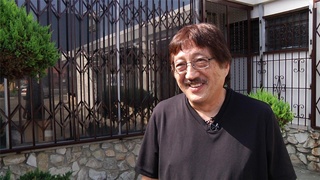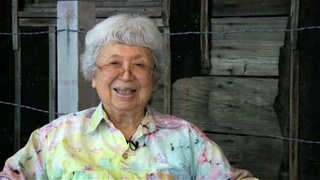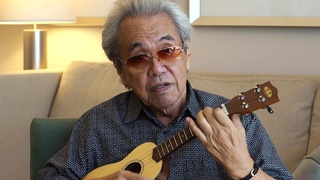Interviews
Taiko as self-expression
January 1974 is when I decided to be a part of it (San Jose Taiko). And it was elation because this was the first time, from my whole Asian American awareness identity experience, that I’m getting involved in a different way. Self expression, creative mode—that was so uplifting because everything was, like I said, rhetoric and very serious and organizing. But to be able to find something that I can find creative expression was just so great. And to see the creativity of people coming together and going “Yeah! Yeah!”—the freedom—was something that I really enjoyed. I felt also that there was this sense of community, camaraderie. And again, I found within this group this very lateral way of connecting and interacting with each other. So this hierarchical power structure did not exist.
Date: January 26, 2005
Location: California, US
Interviewer: Art Hansen, Sojin Kim
Contributed by: Watase Media Arts Center, Japanese American National Museum
Explore More Videos





Postwar school-life
(b. 1930) Half Japanese and grew up in both Japan and the United States.

Fifty Years and Going Strong
(1938-2020) Japanese American attorney and civil rights activist

Re-examining Identity
(1941-2018) Japanese Canadian photojournalist and activist

How he got on the All-Navy show on Ed Sullivan
(b. 1934) Ukulele player from Hawaii




The difference between Nikkei community in Oizumi and Brazil (Japanese)
(b. 1979) Sansei Nikkei Brazilian who lives in Oizumi-machi in Gunma prefecture. He runs his own design studio.



